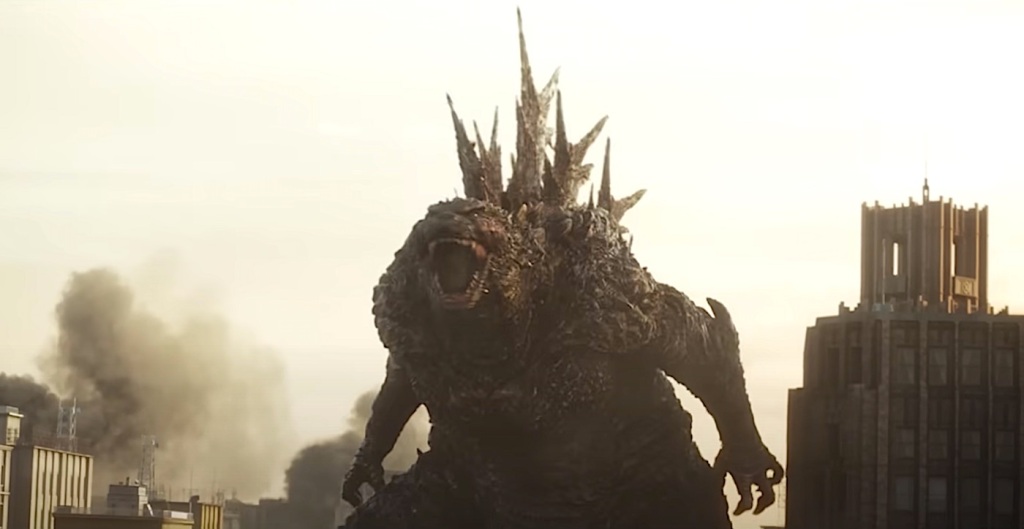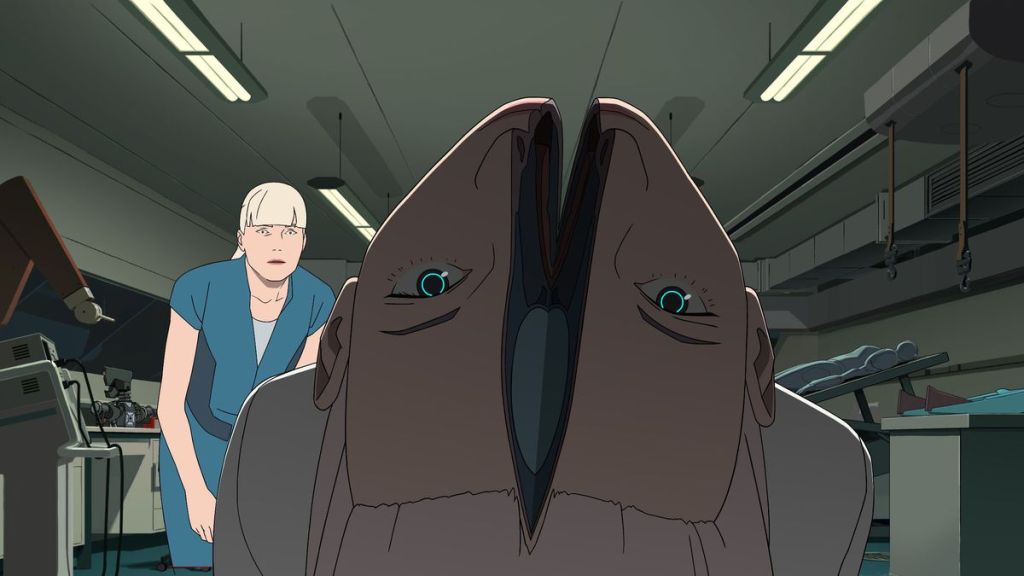When Legendary Studios and Warner Bros collaborated on an American remake of Godzilla – a film that led to a growing “Monsterverse” franchise of films involving both Godzilla and King Kong – a part of me worried that such a franchise, while entertaining, might preclude Japanese studio Toho from continuing with their own productions. While the studio did make the divisive Shin Godzilla in 2016, there was a sense that until the American edition ran out of steam that Shin might be the last live-action attempt out of Japan for a while.
Thankfully this did not turn out to be the case, and last year’s Godzilla Minus One became a genuine international sensation, earning big profits in cinemas, making the transition from Japan to the world, and winning a coveted Visual Effects Academy Award. It is now available to stream on Netflix, and is a genuine must-see film. This next point is critical: Godzilla Minus One is a fantastic piece of cinema. It is not simply a great Godzilla picture, although take the 1954 original out of contention and it is almost certainly the best of them. No, this film deserves recognition beyond its genre. Godzilla Minus One is A-grade world-class filmmaking. If you like film, you should watch it. If you do not enjoy it, I’m not sure there is much anybody can do for you.
The film comes from writer/director Takashi Yamazaki, a director whose work I have been following since 2002. That was when his second feature Returner was first released: a bizarre combination of Asian crime thriller, transforming robot spectacle, and time travelling alien invasion epic. Honestly it was his subsequent film trilogy, Always: Sunset on Third Street, that made Godzilla Minus One seem inevitable. Those films, set between the late 1950s and early 1960s, showed off Yamazaki’s gift for nostalgia and bringing Japan’s past to life. The second of the trilogy even featured a brief appearance by Godzilla himself that in retrospect seems to foreshadow the director’s latest work.
There are three keys ways in which I think Yamazaki excels in bringing Godzilla to the screen. The first is that he does not particularly try for reinvention. All too often a filmmaker will be compelled to put their own slant on a long-running slice of pop culture, and in doing so pull it out of shape and away from what made it popular in the first place. While Minus One does innovate a little – notably shifting the story backwards from 1954 to 1947 – the core narrative remains intact: a giant reptile climbs out of the ocean to flatten Tokyo, and an enterprising group of citizens work together to fend it off.
Yamazaki’s second achievement is the emotional heart he infuses at the film’s core. It would be a mistake to claim the film’s protagonists have depth, since they remain by-and-large archetypes of the kaiju genre. They are, however, given clear and understandable motivations. They express emotions and care about one another. Where the majority of Godzilla films shortchange their human characters, Minus One aggressively positions them in central position. The film is about them, and how their encounter with Godzilla helps resolve their own personal crises. In setting the story much closer to the end of the Pacific War, Yamazaki provides a provocative and emotionally powerful context. Japan is already in ruins by the time Godzilla shows up. By fighting one last enemy, the protagonists reclaim their dignity. For Koichi (Ryunosuke Kamiki), a kamikaze pilot too frightened to complete his original mission, it means summoning the courage to fight again. For the numerous volunteers that come to strike back against Godzilla, it means having the chance to engage in a more noble conflict – and perhaps even win.
There is a lot of patriotism to be found in Minus One, but it is a patriotism that acknowledges the actions of Japan’s former military government and to a large part clearly rejects them. In fact it is fair to say the film largely dismisses the worth of the Japanese government in general. The ruined streets of Tokyo are cleared away by civilians. The authorities appear to struggle to restore basic services. When Godzilla arrives to level the affluent Ginza precinct, it is volunteers largely from the working classes who assemble to fight back. In many ways it reflects similar critiques in Hideaki Anno and Shinji Higuchi’s Shin Godzilla. That film directly satirised the government response to the Fukushima nuclear disaster, but the sense of cynicism regarding bureaucracies and elected officials feels the same.
As a visual effects producer as well as a director, Yamazaki achieves Minus One‘s third great accomplishment. By directly supervising the effects team personally, Yamazaki supervises a structure where all chains of approval behind the scenes have been drastically shortened, leading to greater efficiencies and enormous savings on cost. The result for the audience is a US$12 million blockbuster that honestly feels like a film with ten times its budget. The film is constructed with enthusiasm and attention to detail, and treads a near-perfect line between attracting new viewers and respecting the Godzilla aesthetic of past decades.
Ishiro Honda’s original film aside, this is the best Godzilla film that has ever been made. It understands its genre, has a firm handle on its conventions, and assembles the best possible combination of drama, spectacle, and visual effects that it possibly can. Whenever considering the worth of a given film, I always try to ask myself two questions. What is the filmmaker trying to do? Do they succeed in that goal? To answer them in turn: Takashi Yamazaki has set out to make the best possible giant monster that he can. He has absolutely – definitively – succeeded.




Leave a comment